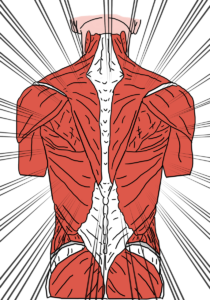
Are you suffering from back pain or have limited mobility in your neck? Perhaps you’ve considered seeking treatment from a chiropractor or physical therapist in Bethesda to help alleviate your pain. However, there are some big differences between chiropractic therapy and physical therapy, but just what are the differences?
What is chiropractic therapy?
Chiropractic therapy is a form of alternative medicine in which a chiropractor manually adjusts the skeletal system, usually the spine. This is done through manipulation using hands or other devices. These adjustments create the “pop” effect on stiff and sore joints that some describe as an itch they can’t scratch. Treatments tend to last between 10 to 20 minutes and the chiropractor may make monthly adjustments to keep alignment.
Chiropractors focus a lot on the ergonomics and structure of the body, with the belief that skeletal system health can affect internal organs and other body systems. However, manipulations of the neck can be dangerous and the long-term benefits of popping and manipulating the spine are unknown. A good chiropractor will advise physical therapy following an adjustment to prevent the problem from happening habitually.
Chiropractors are typically pre-med in college followed by training at a chiropractic school. They are licensed by National Board of Chiropractic Examiners (NBCE) through a board exam and must receive a license in the state where they practice. There are also additional yearly continuing education requirements to stay certified.
How are chiropractic therapy and physical therapy different?
Physical therapists treat disease, injury or deformity through exercise, massage and heat. They are trained to treat the whole body beyond the spine and skeletal body. PTs will not perform manipulations or pop backs, but do manual therapy and work supportive muscles surrounding the problem area. These healthcare professionals provide treatment to decrease pain and increase mobility. Physical therapists seek to manage, treat and prevent conditions through increased strength and exercise over time. Your therapist will send you home with homework and exercises to continue to improve between sessions. A general session tends to last between 30 and 60 minutes and your physical therapist will schedule multiple sessions per month.
Physical therapists must have a graduate degree in the form of a master’s or clinical doctorate from an accredited program before taking the national licensure exam that allows them to practice.
Chiropractors usually require return visits to continue adjustments and manipulation, whereas physical therapists usually aim to rehabilitate you to a point where you no longer need to return. Physical therapy may take longer and results are gradual, but with little to no chance of returning except in chronic situations. In many cases, more modern chiropractic practices are turning to a blend of chiropractic therapy and physical therapy due to physical therapy’s long-lasting benefits.
